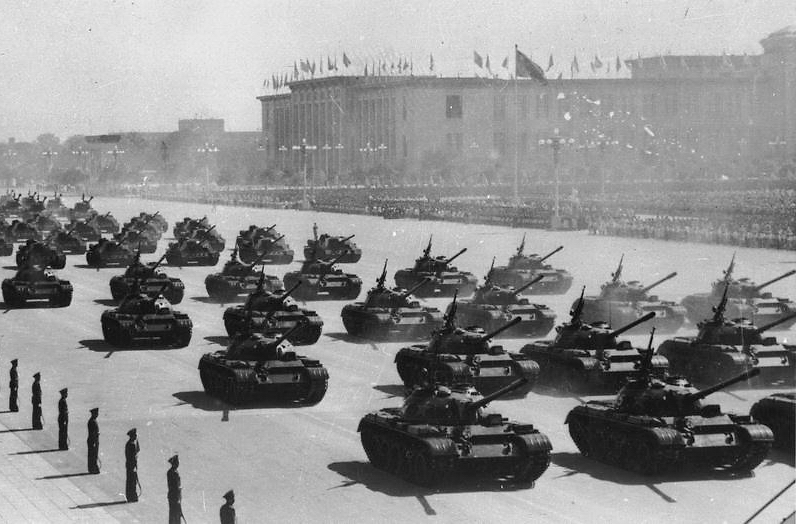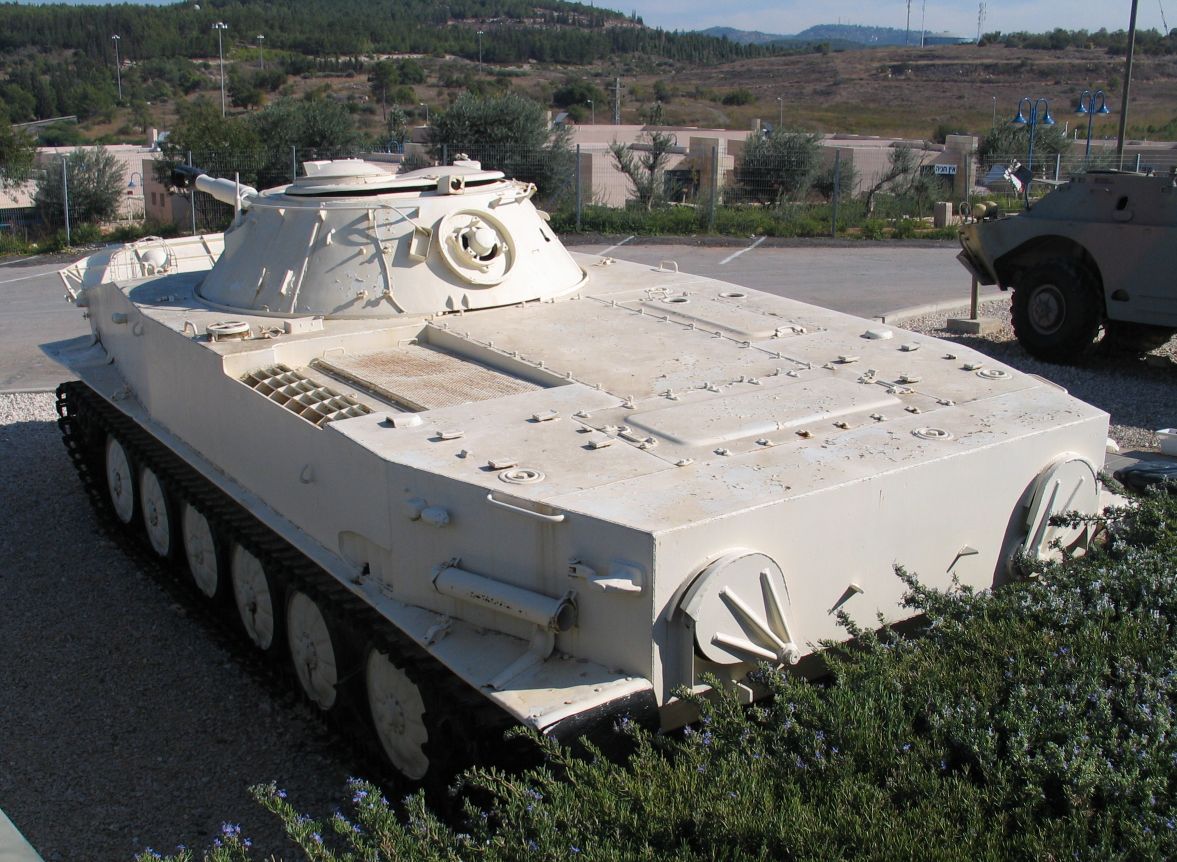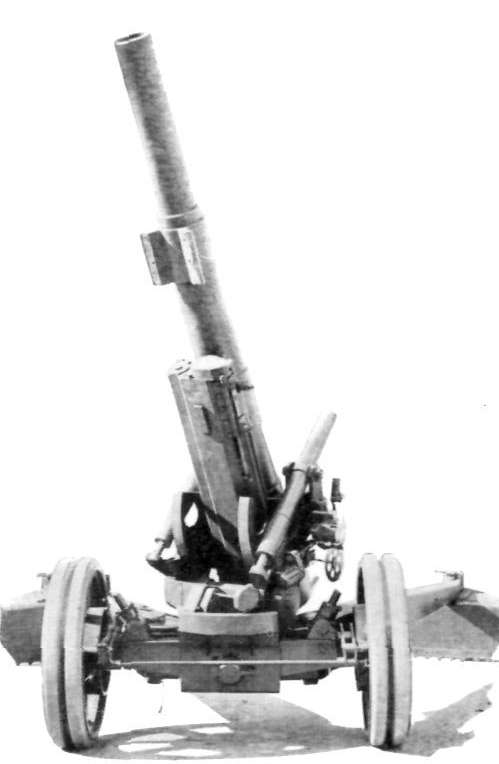|
Battle Of Kontum
The lead-up to the Battle of Kontum began in mid-1971, when North Vietnam decided that its victory in Operation Lam Son 719 indicated that the time had come for large-scale conventional offensives that could end the war quickly. The resulting offensive, planned for the spring of 1972, would be known as the Easter Offensive in the South and the Nguyen Hue Offensive in the North, Nguyen Hue being a hero of Vietnamese resistance against the Chinese in 1789. The Easter Offensive would make use of fourteen divisions and would be the largest in the war. The 1972 Easter Offensive/Nguyen Hue Campaign began with a massive attack on the Vietnamese Demilitarized Zone, Demilitarized Zone with 30,000 People's Army of Vietnam (PAVN) soldiers and more than 100 tanks. Two thrusts of equivalent size, one towards Saigon and a third to the Central Highlands (Vietnam), Central Highlands and provincial capital of Kontum began soon after. The North Vietnamese knew that if they could capture Kontum and ... [...More Info...] [...Related Items...] OR: [Wikipedia] [Google] [Baidu] |
Easter Offensive
The Easter Offensive, also known as the 1972 spring–summer offensive (') by North Vietnam, or the Red Fiery Summer (') as romanticized in South Vietnamese literature, was a military campaign conducted by the People's Army of Vietnam (PAVN, the regular army of communist North Vietnam) against the Republic of Vietnam Military Forces, Army of the Republic of Vietnam (ARVN, the regular army of South Vietnam) and the United States Armed Forces, United States military between 30 March and 22 October 1972, during the Vietnam War. This conventional invasion (the largest invasion since 300,000 Chinese troops had crossed the Yalu River into North Korea during the Korean War) was a radical departure from previous North Vietnamese offensives. The offensive was designed to achieve a decisive victory, which even if it did not lead to the collapse of South Vietnam, would greatly improve the North's negotiating position at the Paris Peace Accords. The U.S. high command had been expecting an ... [...More Info...] [...Related Items...] OR: [Wikipedia] [Google] [Baidu] |
17th Cavalry Regiment
The 17th Cavalry Regiment is a historical organization within the United States Army that began as a regiment of cavalry after the Pancho Villa Expedition. The unit was constituted on 1 July 1916 in the Regular Army as the 17th Cavalry at Fort Bliss, Texas and originally inactivated 26 September 1921 at the Presidio of Monterey, California. Formerly a part of the 1950s Combat Arms Regimental System, it was reorganized as a part of the U.S. Army Regimental System, an ongoing effort to maintain the lineage and history of the U.S. Army through its units. Today, the 17th Cavalry Regiment is found across the army within the combat aviation brigades, where the squadrons, now constituted as attack/recon helicopter squadrons, carry on the legacy of the 17th Cavalry Regiment. History Formation The 17th Cavalry Regiment was organized under the provisions of the National Defense Act of 1916 at Fort Bliss, Texas on 30 June 1916 and constituted on 1 July 1916. Brigadier General John J. Per ... [...More Info...] [...Related Items...] OR: [Wikipedia] [Google] [Baidu] |
Vietnamese Demilitarized Zone
The Vietnamese Demilitarized Zone was a demilitarized zone at the 17th parallel north, 17th parallel in Quang Tri province that was the dividing line between North Vietnam and South Vietnam from 21 July 1954 to 2 July 1976, when Vietnam was officially divided into two ''de facto'' countries, which was two ''de jure'' military gathering areas supposed to be sustained in the short term after the First Indochina War. During the Vietnam War (1955–1975) it became important as the battleground demarcation between Communism, communist North Vietnam and Anti-communism, anti-communist South Vietnam. The zone ''de jure'' ceased to exist with the reunification of Vietnam in 1976 (''de facto'' in 1975). Geography The border between North and South Vietnam was in length and ran from east to west near the middle of present-day Vietnam within Quang Tri province. Beginning in the west at the tripoint with Laos, it ran east in a straight line until reaching the village of Bo Ho Su on the Be ... [...More Info...] [...Related Items...] OR: [Wikipedia] [Google] [Baidu] |
Nguyen Hue Offensive
The Easter Offensive, also known as the 1972 spring–summer offensive (') by North Vietnam, or the Red Fiery Summer (') as romanticized in South Vietnamese literature, was a military campaign conducted by the People's Army of Vietnam (PAVN, the regular army of communist North Vietnam) against the Army of the Republic of Vietnam (ARVN, the regular army of South Vietnam) and the United States military between 30 March and 22 October 1972, during the Vietnam War. This conventional invasion (the largest invasion since 300,000 Chinese troops had crossed the Yalu River into North Korea during the Korean War) was a radical departure from previous North Vietnamese offensives. The offensive was designed to achieve a decisive victory, which even if it did not lead to the collapse of South Vietnam, would greatly improve the North's negotiating position at the Paris Peace Accords. The U.S. high command had been expecting an attack in 1972 but the size and ferocity of the assault caught t ... [...More Info...] [...Related Items...] OR: [Wikipedia] [Google] [Baidu] |
Operation Lam Son 719
Operation Lam Son 719 or 9th Route – Southern Laos Campaign () was a limited-objective Offensive (military), offensive Military campaign, campaign conducted in the southeastern portion of the Kingdom of Laos. The campaign was carried out by the Republic of Vietnam Military Forces, armed forces of South Vietnam between 8 February and 25 March 1971, during the Vietnam War. The United States provided logistical, aerial and artillery support for the operation, but its ground forces were prohibited by law from entering Laotian territory. The objective of the campaign was the disruption of a possible future offensive by the People's Army of Vietnam (PAVN), whose logistical system within Laos was known as the Ho Chi Minh trail, Ho Chi Minh Trail (the Truong Son Road to North Vietnam). By launching a pre-emptive attack against the PAVN's long-established logistical system, the American and South Vietnamese high commands hoped to resolve several pressing issues. A quick victory in Laos w ... [...More Info...] [...Related Items...] OR: [Wikipedia] [Google] [Baidu] |
Type 59 Tank
The Type 59 (; industrial designation: WZ-120) main battle tank is a Chinese-produced version of the Soviet T-54A tank, an early model of the ubiquitous T-54/55 series. The first vehicles were produced in 1958 and it was accepted into service in 1959, with serial production beginning in 1963. Over 9,500 of the tanks were produced by the time production ended in 1985 with approximately 5,500 serving with the Chinese armed forces. The tank formed the backbone of the Chinese People's Liberation Army armoured units until the early 2000s, with an estimated 5,000 of the later Type 59-I and Type 59-II variants in service in 2002. The Type 59 was modified several times during its service. It was also the basis of several later Chinese tank designs including the Type 69 and Type 79 tanks. Description The Type 59 is almost identical to the early production Soviet T-54As, but there are some key differences. The Type 59 was not originally fitted with the infrared searchlight or main g ... [...More Info...] [...Related Items...] OR: [Wikipedia] [Google] [Baidu] |
T-54/55
The T-54 and T-55 tanks are a series of Soviet medium tanks introduced in the years following the Second World War. The first T-54 prototype was completed at Nizhny Tagil by the end of 1945.Steven Zaloga, T-54 and T-55 Main Battle Tanks 1944–2004, p. 6 From the late 1950s, the T-54 eventually became the main tank for armoured units of the Soviet Army, armies of the Warsaw Pact countries, and many others. T-54s and T-55s have been involved in many of the world's armed conflicts since their introduction in the second half of the 20th century. The T-54/55 series is the most-produced tank in history. Estimated production numbers for the series range from 96,500 to 100,000. They were replaced by the T-62, T-64, T-72, T-80 and T-90 tanks in Soviet and Russian armies, but are still used by up to 50 other armies worldwide, some having received sophisticated retrofitting. The Chinese version of the T-54A is the Type 59. During the Cold War, Soviet tanks never directly faced their NA ... [...More Info...] [...Related Items...] OR: [Wikipedia] [Google] [Baidu] |
PT-76
The PT-76 is a Soviet Union, Soviet amphibious vehicle, amphibious light tank that was introduced in the early 1950s and soon became the standard reconnaissance tank of the Soviet Army and the other Warsaw Pact armed forces. It was widely exported to other friendly states, like India, Indonesia, Iraq, Syria, North Korea and North Vietnam. The tank's full name is Floating Tank–76 (, ''plavayushchiy tank'', or , ''PT-76''). ''76'' stands for the caliber of the main armament: the 76.2 mm D-56T series rifled tank gun. The PT-76 is used in the reconnaissance and fire-support roles. Its chassis served as the basis for a number of other vehicle designs, many of them amphibious, including the BTR-50 armored personnel carrier, the ZSU-23-4 self-propelled anti aircraft gun, the ASU-85 airborne self-propelled gun and the 2K12 Kub anti-aircraft missile launch vehicle. Development After World War II, the concept of light tanks was resurrected in the USSR. They were to be used in recon ... [...More Info...] [...Related Items...] OR: [Wikipedia] [Google] [Baidu] |
T-54
The T-54 and T-55 tanks are a series of Soviet medium tanks introduced in the years following the Second World War. The first T-54 prototype was completed at Nizhny Tagil by the end of 1945.Steven Zaloga, T-54 and T-55 Main Battle Tanks 1944–2004, p. 6 From the late 1950s, the T-54 eventually became the main tank for armoured units of the Soviet Army, armies of the Warsaw Pact countries, and many others. T-54s and T-55s have been involved in many of the world's armed conflicts since their introduction in the second half of the 20th century. The T-54/55 series is the most-produced tank in history. Estimated production numbers for the series range from 96,500 to 100,000. They were replaced by the T-62, T-64, T-72, T-80 and T-90 tanks in Soviet and Russian armies, but are still used by up to 50 other armies worldwide, some having received sophisticated retrofitting. The Chinese version of the T-54A is the Type 59. During the Cold War, Soviet tanks never directly faced their NA ... [...More Info...] [...Related Items...] OR: [Wikipedia] [Google] [Baidu] |
M114 155 Mm Howitzer
The 155 mm Howitzer M114 is a towed howitzer developed and used by the United States Army. It was first produced in 1941 as a medium artillery piece under the designation of 155 mm Howitzer M1. It saw service with the US Army during World War II, the Korean War, and the Vietnam War, before being replaced by the M198 howitzer. The gun was also used by the armed forces of many nations. The M114A1 remains in service in some countries. Development Early development After the end of the First World War a board later named the Westervelt Board after its president, Brigadier General William I. Westervelt, was convened to assess the artillery experience of the combatant powers and map out future directions for the US Army artillery. The conclusion of the board vis-a-vis corps (heavy field) artillery was that an ideal heavy howitzer should have range of at least and allow the elevation of 65°B. P. Joyce, New "Four-Point-Seven" GunThe Field Artillery Journal (volume XII) 1922 p. ... [...More Info...] [...Related Items...] OR: [Wikipedia] [Google] [Baidu] |
M101 Howitzer
The M101A1 (previously designated Howitzer M2A2 on Carriage M2A2) howitzer is an artillery piece developed and used by the United States. It was the standard U.S. light field howitzer in World War II and saw action in both the European and Pacific theaters and during the Korean War. Entering production in 1941, it quickly gained a reputation for accuracy and a powerful punch. The M101A1 fires 105 mm high explosive (HE) semi-fixed ammunition and has a range of or 7 miles, making it suitable for supporting infantry. History Development and designation After World War I, the U.S. Army Ordnance Department studied various captured German 105 mm-caliber howitzers and developed the 105 mm Howitzer M1920 by using the Carriage M1920. A box trail carriage design (the M1925E carriage) and two other split trail designs (the T1 and T2) were also developed, but the original split trail design was found superior after testing. After being selected, the piece was standardized i ... [...More Info...] [...Related Items...] OR: [Wikipedia] [Google] [Baidu] |
M41 Walker Bulldog
The M41 Walker Bulldog, officially 76-mm gun tank M41, was an American light tank developed for armed reconnaissance purposes. It was produced by Cadillac between 1951 and 1954 and marketed successfully to the United States Army as a replacement for its aging fleet of World War II-vintage M24 Chaffee tanks. Although engineered as a reconnaissance vehicle, the M41's weight and armament also made it effective in the close infantry support role and for rapid airborne deployments. Upon entering US service, all M41s received the designation ''Little Bulldog'' and subsequently, ''Walker Bulldog'' after the late General Walton Walker, who was killed in a Jeep accident in 1950. The M41 was the first postwar American light tank to see worldwide service, and was exported in considerable numbers by the United States, particularly to Asia. Development of the M41 proceeded slowly until the outbreak of the Korean War, when the US Army's renewed demands for more tanks resulted in its being ru ... [...More Info...] [...Related Items...] OR: [Wikipedia] [Google] [Baidu] |












